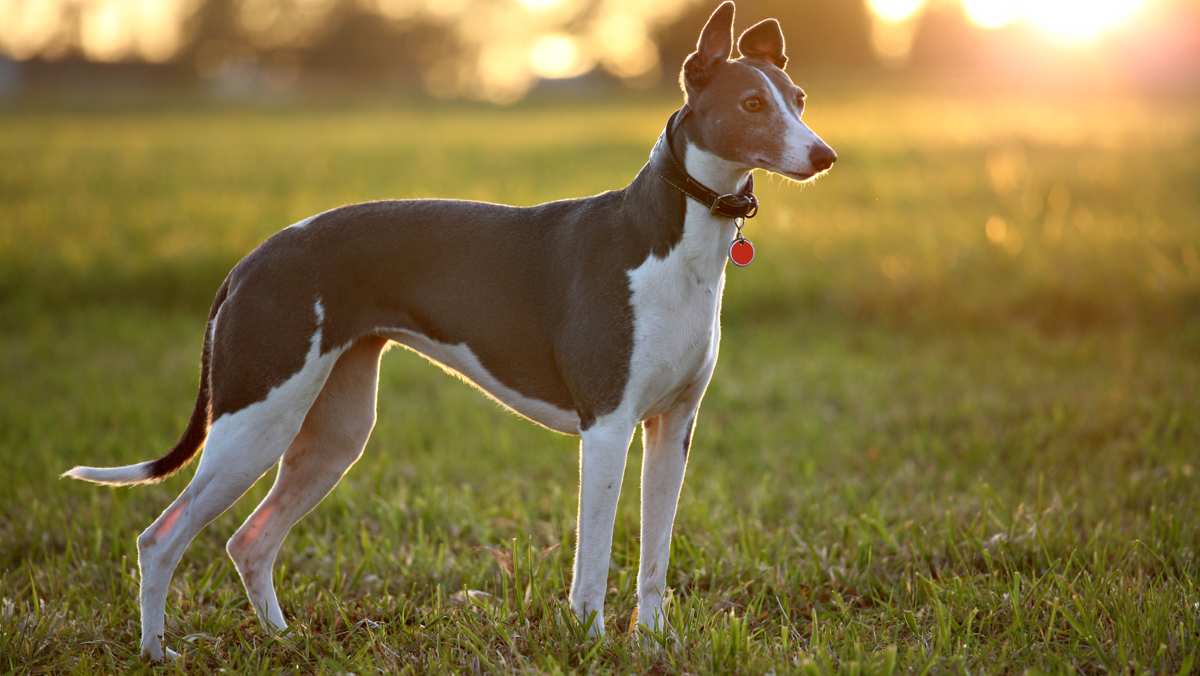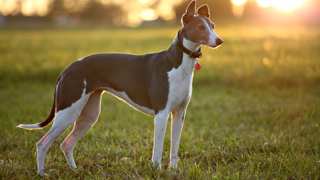To most people, all Greyhounds might seem the same basic size. There are, however, two different size groups. One is the show Greyhound and they are a bit larger than the other group, the racing Greyhounds. The difference is about an inch in height but a bit more with weight. The show Greyhounds are considered far more abundant and tend to be those found with most Greyhound dog owners.
Racing dogs are far more expensive to breed, adopt, and maintain, and they are not to be found being walked by casual dog owners. With this variation, both male and female are about 25 to 29 inches tall.
For the running Greyhounds, the weight range is lower than common Greyhounds. The range for males is 60 to 75 pounds, and females weigh from 50 to 65 pounds.
Then there is the perception that Italian Greyhounds are a variation of the standard Greyhound. The Iggy, as it is often called, is actually a separate breed of Greyhound. The same goes for the other "varieties" that are actually purebred dogs: the Spanish Greyhound, the Arabic Greyhound (AKA Sloughi), the Russian Greyhound (AKA Borzoi), the Afghan Greyhound, the Persian Greyhound (AKA Saluki), the English Greyhound (AKA Whippet), and the Scottish Greyhound (AKA Deerhound).
As for other so-called varietals, they are either not pure breeds (in other words, they are hybrids or mutts), or they are litter runts or other poorly bred Greyhounds. These include miniature (or mini) Greyhounds, toy Greys, teacups, dwarfs, hairless, and so forth. Also, a different coat style, such as long-haired, rough-coated, or wire-haired, does not make a Greyhound a variation.





















